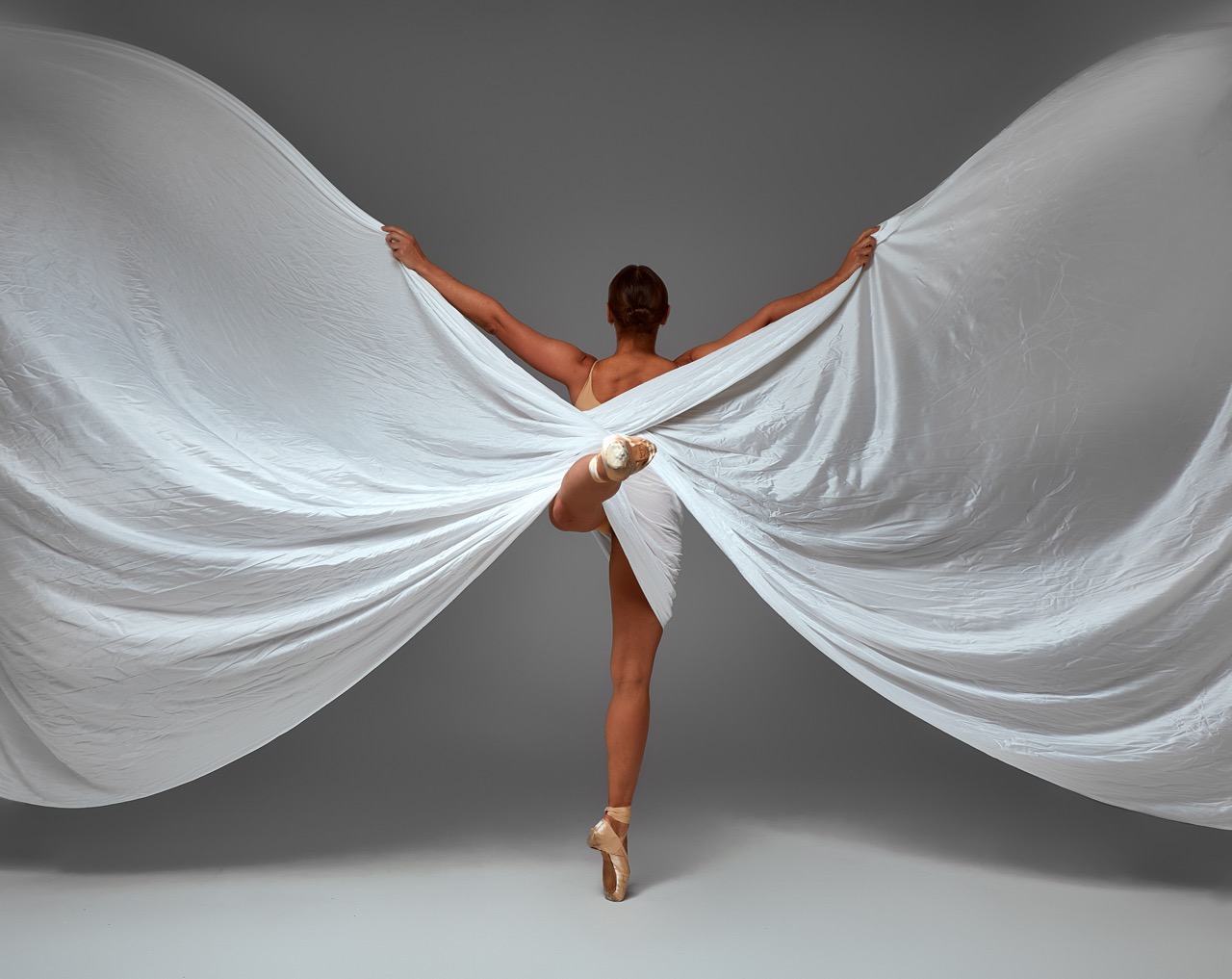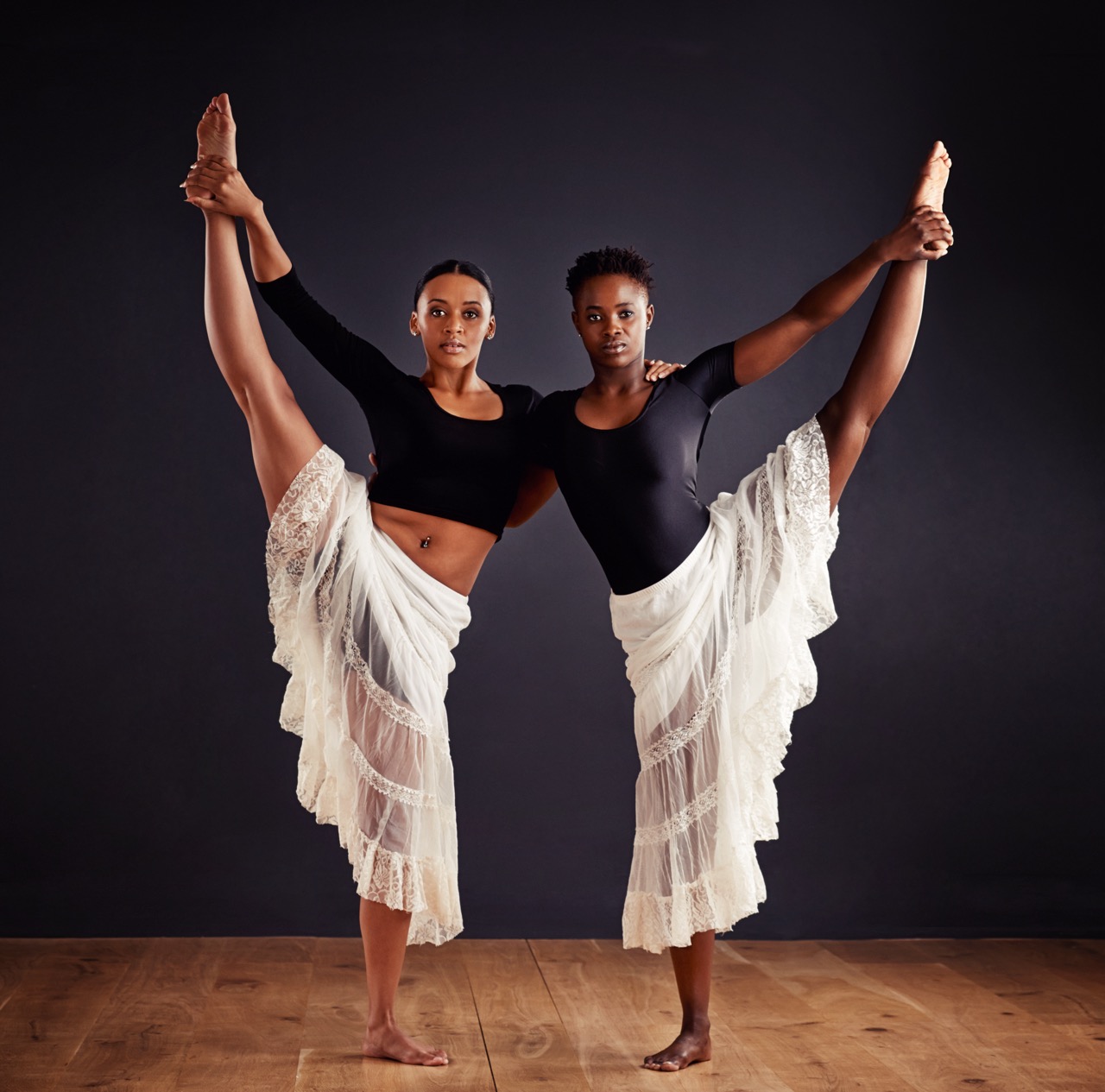Dance wings bring an ethereal quality to performances, enhancing the visual impact of each movement. However, ensuring they are stage-ready and safe to wear is crucial for both the dancer’s performance and their safety. This article delves into how to assess the fabric and materials used in dance wings, conduct essential safety checks, maintain and care for your wings, and master movement techniques that will elevate your performance to new heights.
Assessing Fabric and Materials for Dance Wing Durability
The first step in ensuring your dance wings are stage-ready is to thoroughly assess the fabric and materials used in their construction. High-quality fabrics such as silk, chiffon, and organza are popular choices for dance wings due to their lightweight and flowing nature. When selecting wings, check for any signs of wear, fraying edges, or discoloration, as these may compromise the wings’ durability and overall aesthetic. It’s also prudent to consider the fabric’s opacity; lightweight materials can add movement but may also be too sheer under certain stage lights.
In addition to the fabric, the materials used in the wing structure are equally important. Look for durable yet flexible rods or frames that maintain their shape without sacrificing mobility. Test the strength of the joints and connectors to ensure they can withstand the rigors of performance. If your wings come with embellishments, such as sequins or beads, ensure these are securely attached to prevent any wardrobe malfunctions during your performance.
Lastly, always choose materials that are suitable for the specific type of dance you are performing. Some styles may require wings that are more robust, while others may benefit from delicate, flowing designs. Ultimately, the right combination of fabric and materials will not only enhance your performance but also ensure that your dance wings remain intact throughout the show.
Essential Safety Checks Before Taking the Stage
Before stepping onto the stage, it’s vital to conduct a series of safety checks to ensure your dance wings are safe to wear. Start by inspecting the attachment points where the wings connect to your costume or harness. These should be secure and comfortable, allowing for uninhibited movement without risk of detachment. Be mindful of how the wings distribute weight; improper balance could lead to falls or accidents during your performance.
Next, assess the wings for any sharp edges or protruding elements that could pose a risk to you or your fellow performers. The last thing you want is to accidentally injure yourself or someone else while performing. If your wings feature metal components, ensure they are rounded or covered to avoid cuts or scrapes. Conduct a practice run to familiarize yourself with the wings’ movement and how they interact with your body; this can help identify potential hazards before you take the stage.
Finally, it’s beneficial to run through a few performance scenarios with your dance team. Observe how the wings might affect group formations, spacing, and interactions with other dancers. Communication is key; ensure your fellow performers are aware of your wings and how they may impact the choreography. Taking these safety precautions seriously will not only protect you but also contribute to a more polished and synchronized performance.
Mastering the Art of Dance Wing Maintenance and Care
To keep your dance wings looking pristine and performing at their best, regular maintenance and care are essential. Start by cleaning your wings after each use, especially if they have come into contact with sweat or makeup. Most fabrics can be gently spot-cleaned with a damp cloth and mild detergent, but always check the manufacturer’s care instructions to avoid damaging the material. For more extensive cleaning, consider hand washing or using a professional cleaning service that specializes in dance wear.
Storage is another crucial aspect of maintenance. When not in use, store your dance wings in a cool, dry place away from direct sunlight to prevent fading or deterioration. Consider using a dedicated garment bag that allows the wings to hang freely, which helps maintain their shape and prevents creasing. Avoid folding the wings, as this can lead to permanent creases or damage; instead, allow them to flow naturally within their storage environment.
Lastly, performing routine inspections of your dance wings will help catch any wear and tear early on. Look for loose stitching, tears, or any embellishments that may need re-securing. By dedicating time to proper maintenance and care, you can ensure that your dance wings remain beautiful and functional, allowing you to focus on delivering an unforgettable performance.
Tips for Achieving Flawless Movement with Dance Wings
Achieving flawless movement with dance wings requires practice and an understanding of your body’s dynamics. Begin by incorporating specific drills that focus on coordinating your movements with the wings, allowing the fabric to flow and respond to your actions. Start with basic arm movements and gradually introduce more complex choreography. Pay attention to how the wings move in relation to your body; the goal is to create a harmonious synergy that enhances your overall performance.
When rehearsing with wings, it’s essential to develop a keen sense of spatial awareness. As the wings extend outward, they will occupy additional space on stage; practice navigating this new dimension while ensuring you maintain proper form and posture. Work with your choreographer to adjust formations and spacing that accommodate the wings, allowing for a seamless integration into group routines.
Lastly, remember that confidence is key to executing flawless movements with your dance wings. Embrace the beauty and elegance they bring to your performance, and let that inspire your movements. The more you practice, the more comfortable you’ll become, and soon you’ll find that your dance wings will enhance rather than hinder your performance. With dedication and attention to detail, you can take your artistry to new heights.
In conclusion, ensuring your dance wings are stage-ready and safe to wear is a multifaceted process that involves careful assessment, safety checks, ongoing maintenance, and mastering movement techniques. By taking the time to prepare and care for your wings, you not only enhance your performance but also contribute to a safe and enjoyable experience for everyone involved. With these guidelines in mind, you’re ready to take the stage with confidence, grace, and stunning visual impact.









